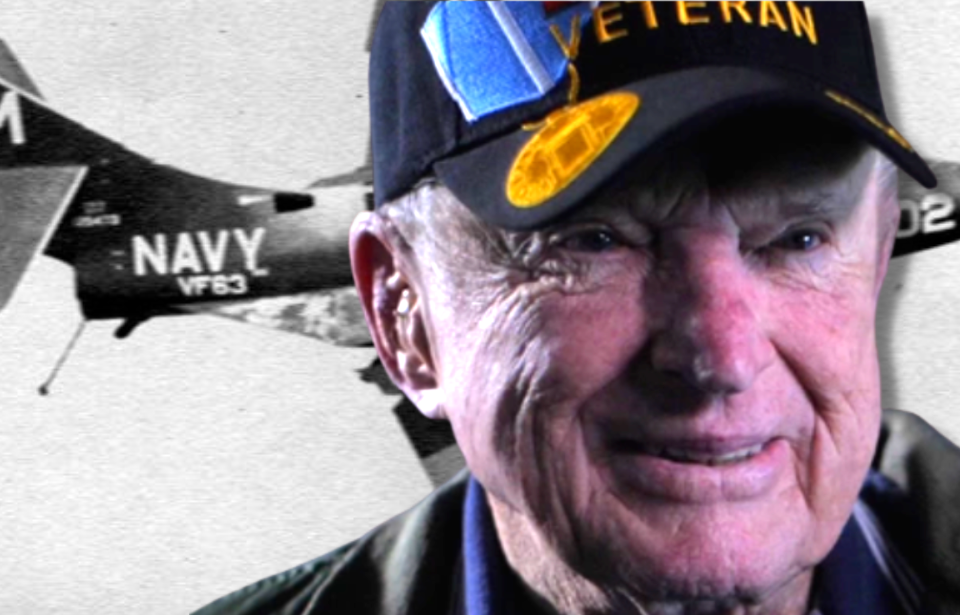The years following the Second World War were tricky. While Russia had been an ally to the United States during the conflict, the two frequently butted heads afterward. This tenuous relationship led one of the most famous dogfights in naval aviation history to be be kept a secret for decades. The American pilot involved: Royce Williams.
Royce Williams’ upbringing
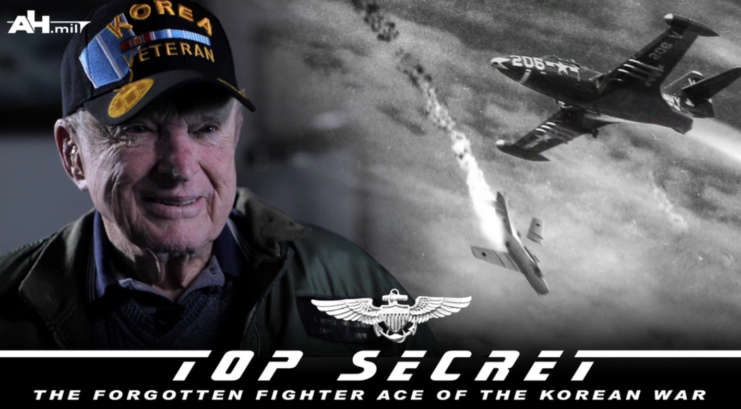
Elmer Royce Williams was born in Wilmot, South Dakota on April 4, 1925. He and his brother were interested in learning to fly and, following the Japanese attack on Pearl Harbor in December 1941, both enlisted in the US Navy. Royce, who was in college at the time, qualified as a naval aviator in 1945, and later learned how to pilot the Grumman F9F-5 Panther.
Williams was deployed to Korea following the outbreak of the war in June 1950. While there, he flew a number of combat missions, one of which would make him a legend within the US Naval Academy.
A legendary dogfight
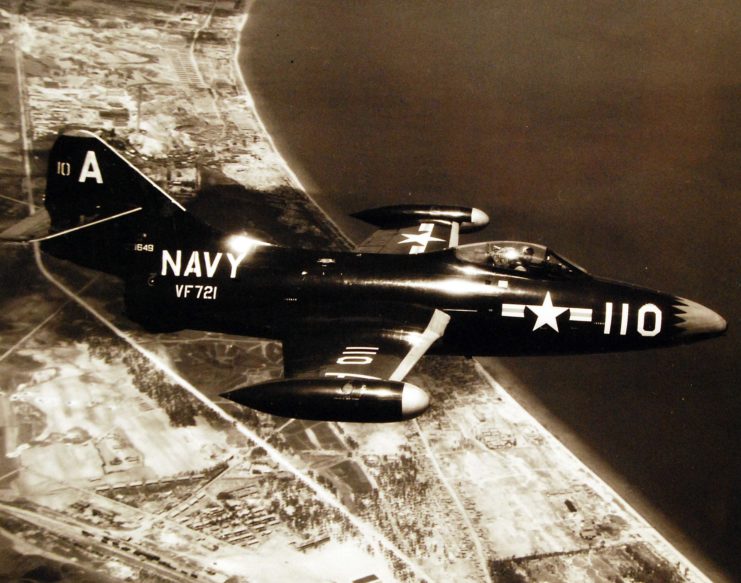
On November 18, 1952, Royce Williams was serving with Fighter Squadron 121 (VF-121) onboard the USS Oriskany (CV-34), as part of Task Force 77. Despite having already flown a mission that day, he and three pilots took to the skies some 12,000 feet over Hoeryŏng, North Korea. The naval airmen spotted Russian Mikoyan Gurevich MiG-15s in the air, at which time the flight leader and his wingman turned back toward the aircraft carrier, citing an issue with his fuel pump.
Williams and his wingman rose to 26,000 feet, where they were fired upon by the fighters. His wingman managed to break away and return to Oriskany, and before he knew it, Williams was in a dogfight with 7 MiGs – a terrible situation. He later said of the engagement:
“I was engaged mentally at the time. A lot of it was awareness of where they were and how I had to maneuver to avoid them. They were taking turns. I decided if I concentrated on shooting them down, then I’d become an easy target. So my initial goal was to look for defensive opportunities when they made mistakes.”
The fight continues
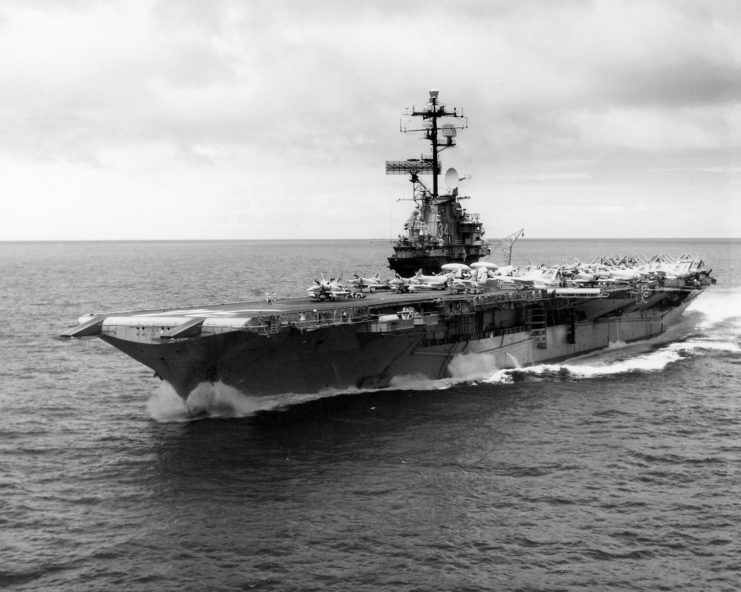
If pilots are faced with the kind of situation Royce Williams was, their training tells them to run, if possible. However, Williams was locked in the fight and attempted to handle it the best he could. That meant taking a defensive position and waiting for the Soviet pilots to make mistakes – and that they did.
Most dogfights last for only a few minutes. This one, however, continued for an excruciating 35 minutes, making it the longest dogfight in the history of the US Navy. Williams is confirmed to have taken out four of the opposing flyers, and it’s believed he hit two others.
By the end, the pilot was left one-on-one with the remaining MiG. At this point, he was out of ammunition and his hydraulics were shot. The latter was the result of a cannon fire hit from one of the enemy fighters. Despite this, he was able to escape and make it back to the USS Oriskany. While he was uninjured, his F9F-5 had suffered 263 bullet holes.
Nobody knew about Royce Williams’ heroism
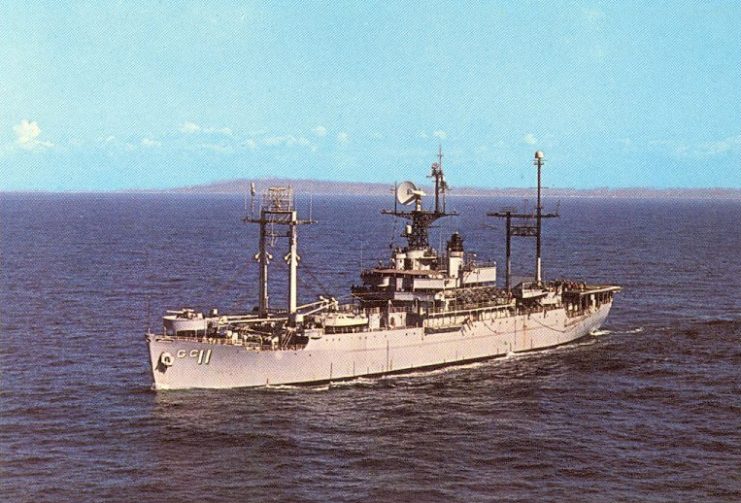
Despite his incredible feat, Royce Williams never became known to the American public. In fact, the US military worked to keep the dogfight a secret. The Soviet Union was not thought to be involved in the Korean War, and Navy officials believed that, if the story got out, the Soviets would become more involved. The pilot himself was sworn to secrecy for more than 50 years, until the records were declassified in the early 2000s.
Despite the records being sealed in the US, those on the Soviet side were released in the 1990s, following the collapse of the USSR. In them, it was confirmed that out of the seven MiGs to take to the skies that day, only one returned to base.
Williams continued his service in the Navy long after the Korean War. His career continued until 1980, when he retired as a captain. He flew 110 missions during the Vietnam War, and from 1969-71 served as the captain of the USS Eldorado (AGC-11). Over the course of his career, he received the Silver Star, two Distinguished Flying Crosses, 11 Air Medals, a Bronze Star, two Meritorious Service Medals and the Legion of Merit with Combat “V,” among others.
Righting a wrong
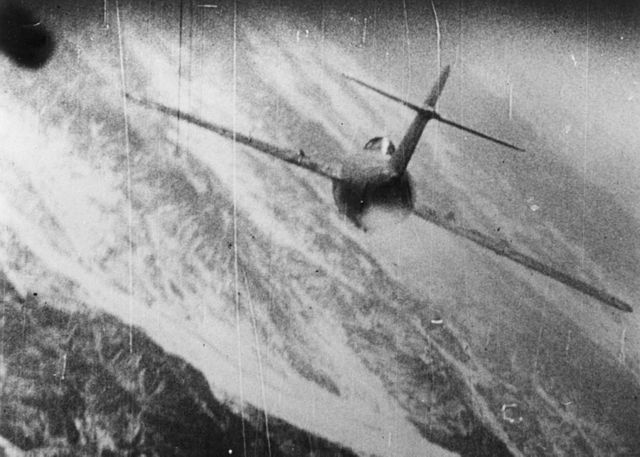
The general public may not have known about Royce Williams’ actions, but those within the Navy certainly did. Following his decorated career, the pilot retired to San Diego, home of the legendary TOPGUN flight school. Those who attended the program were well aware of the former aviator’s exploits.
For years, there has been a push for Williams to receive the Medal of Honor, with a group of Congress members pushing for him to be presented with it. In December 2022, it was announced the veteran would, instead, be awarded the Navy Cross, the second-highest award for valor in combat. In a press release, Secretary of the Navy Carlos Del Toro stated:
“Having reviewed the findings of now numerous investigations related to the case of Capt. Royce Williams, I have determined the case to be special and extraordinary. Lt. Williams took the lead of an incredibly critical mission during the Korean War, which led to the protection of Task Force 77 from enemy attack.
“I authorize the Navy Cross be awarded for his valorous actions committed from personal bravery and self-sacrifice to country. His actions clearly distinguished himself during a high-risk mission and deserves proper recognition.”
More from us: Nuclear Weapons Were Almost Deployed During the Korean War
Rep. Darrell Issa (R-Cal) echoed Del Toro’s sentiments, telling the media, “The heroism and valor he demonstrated for 35 harrowing minutes 70 years ago in the skies over the North Pacific and the coast of North Korea saved the lives of his fellow pilots, shipmates, and crew. His story is one for the ages, but is now fully told.
